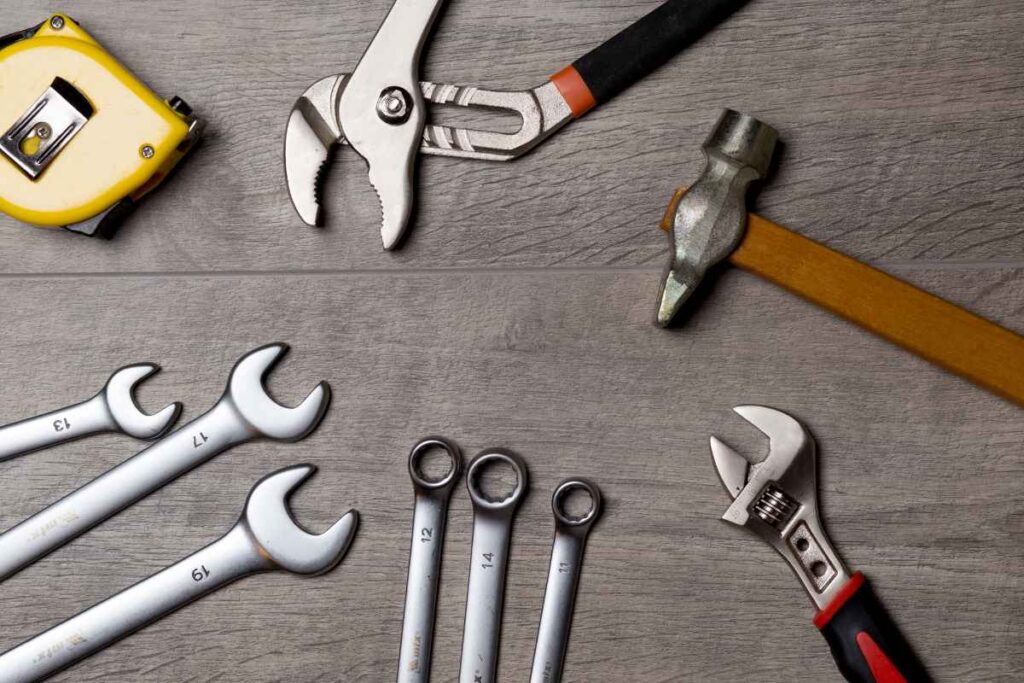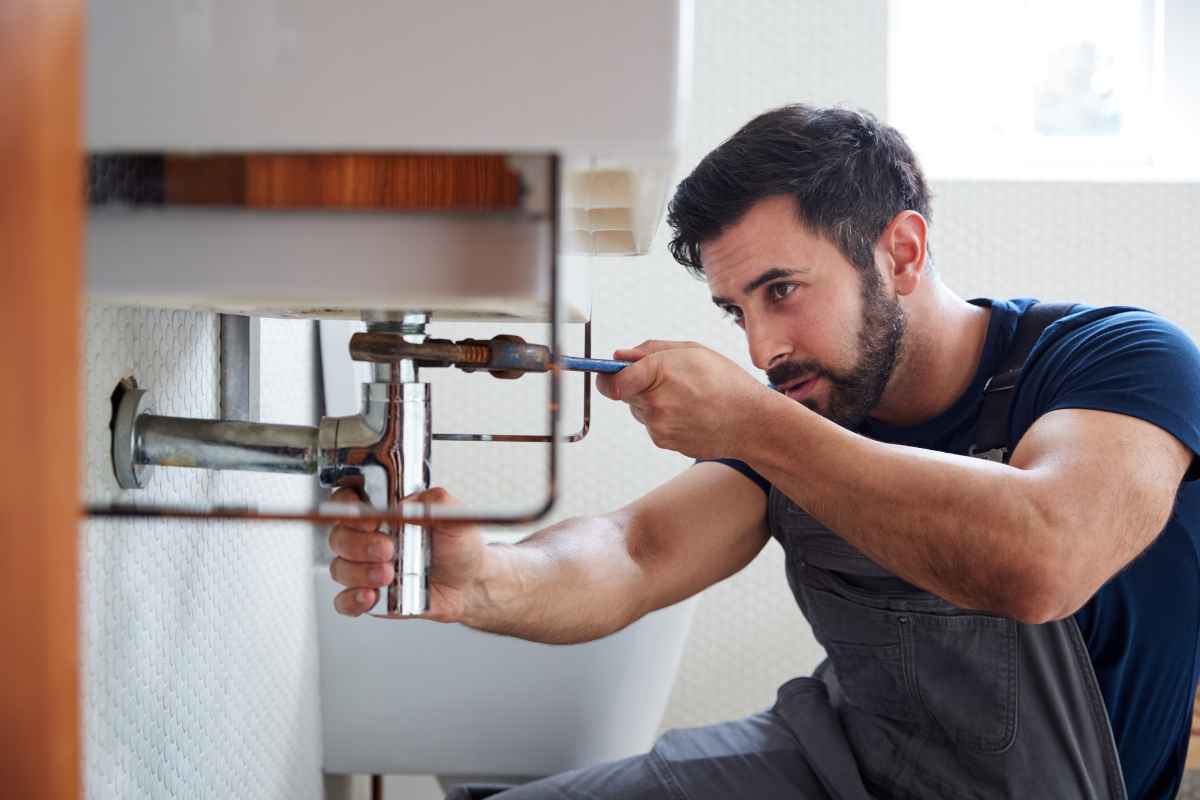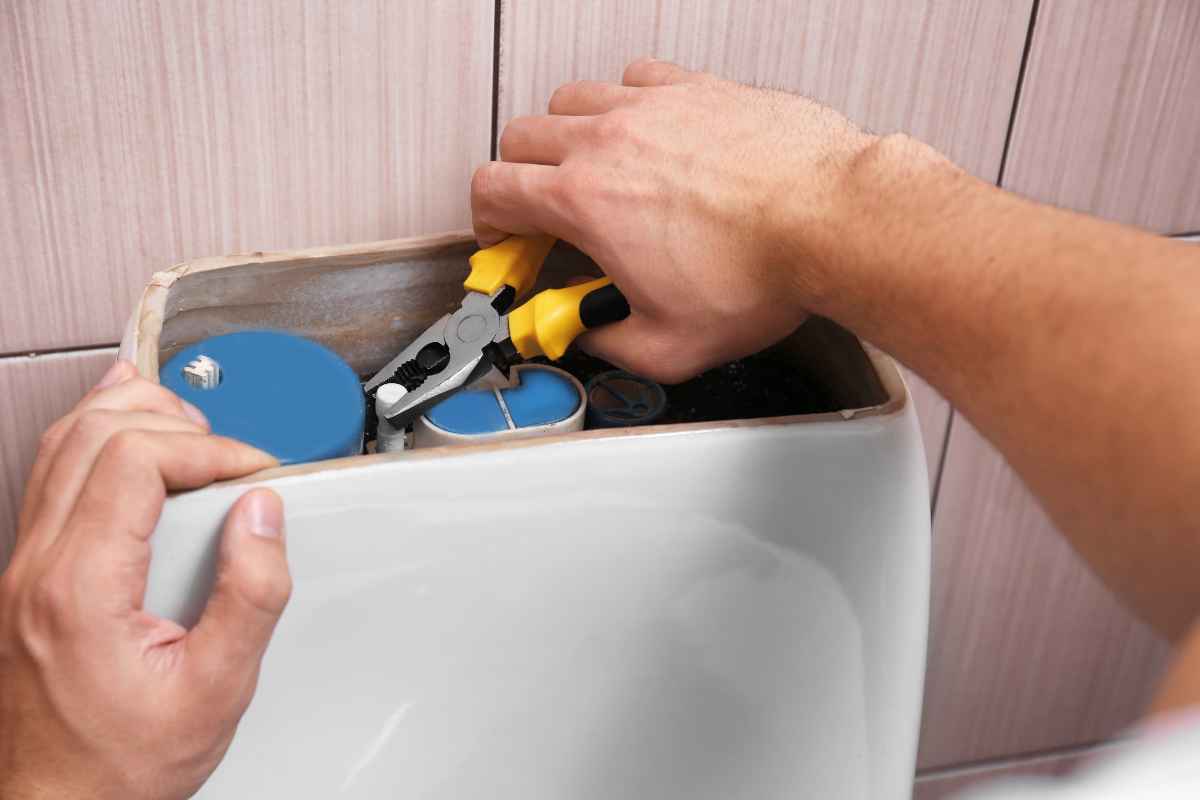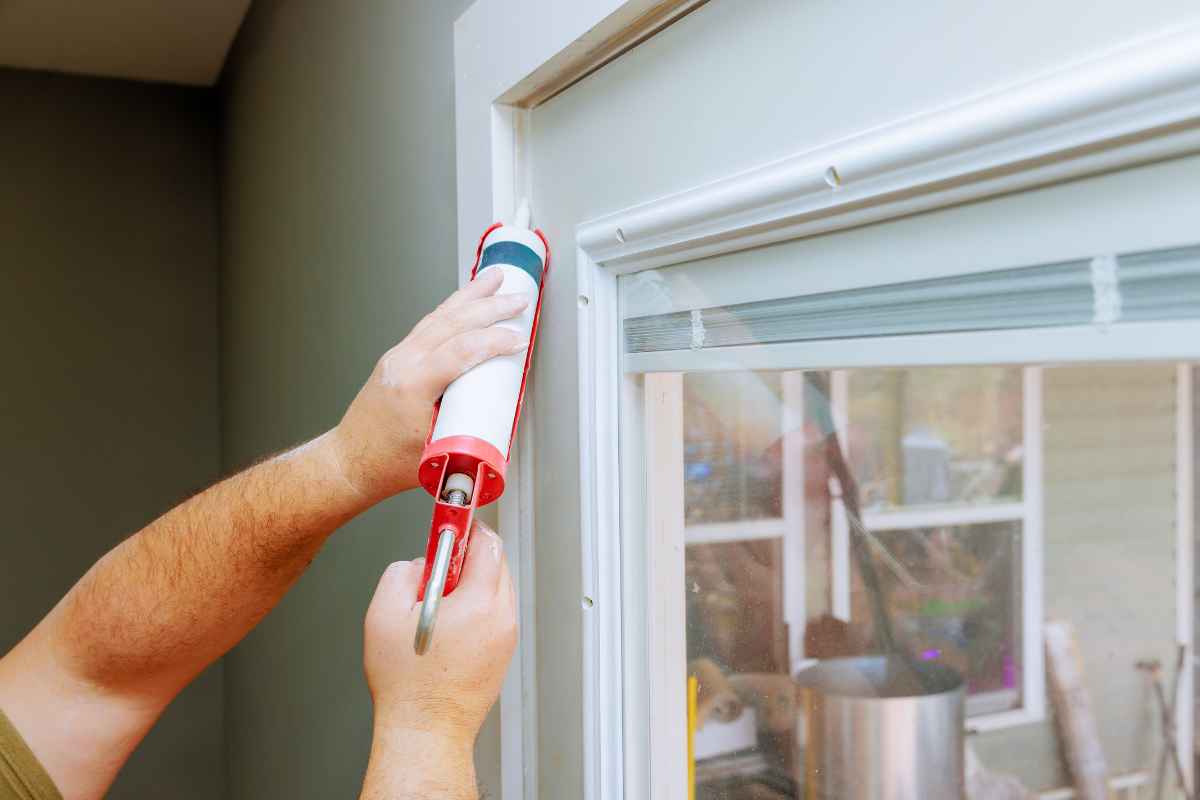How to Tackle Minor Home Repairs Without Calling a Professional

Home repairs can be intimidating, but not all issues require a professional’s intervention. Minor repairs are often manageable with the right tools, some patience, and a little bit of know-how.
Whether it’s fixing a leaky faucet, patching up a hole in the wall, or unclogging a drain, many of these tasks can be done yourself, saving both time and money. Here’s how you can tackle minor home repairs on your own with confidence and ease.
1. Fixing a Leaky Faucet
A dripping faucet is not only annoying, but it can also waste a lot of water. Fortunately, fixing a leaky faucet is often a simple task that doesn’t require calling a plumber. Here’s how to get started:
Make Home Repairs a Breeze with These Reliable Tools!
- [Toolbox Included] - Includes 1-Drawer storage box with...
- [High Quality Material] - Made of high-quality steel and...
- [Muti-purpose Tools Kit] - 325Pcs tools set for most small...
- Material: Made of quality steel, sturdy construction,...
- Function: Specifically designed to clamp the square bolt...
- Angled Head: Angled plier head is easier to clamp terminal...
- 🔎 High Precision:A laser level is a must-have tool for...
- 🔎 Self-Leveling Function:Our laser level boasts advanced...
- 🔎 Versatile and Easy to Use:With a simple one-button...
Steps to Fix a Drip:
Turn off the water supply: Before you start, locate the shutoff valves under the sink and turn them off to prevent any water from flowing.
Disassemble the faucet: Use a wrench to remove the handle, then take out the cartridge or valve. Most faucets have a rubber washer inside that may wear out over time.
Replace the worn-out parts: Head to your local hardware store with the old washer or cartridge to find an exact replacement. Install the new parts carefully.
Reassemble and test: Put everything back together, turn the water supply back on, and check if the faucet is still leaking. If the issue persists, there might be a more complex problem, but this fix works for most minor leaks.

2. Patching Small Holes in the Wall
Accidentally putting a hole in the wall is a common mishap, but the good news is that it’s an easy repair. Whether it’s from a misplaced picture or a small accident, you can patch up the hole without calling in an expert.
Steps to Patch a Hole:
Clean the hole: Remove any loose debris or ragged edges from around the hole using a utility knife.
Apply spackle or joint compound: For small holes, apply a thin layer of spackle with a putty knife. For larger holes, you may need to use joint compound or a wall patching kit.
Smooth the surface: Spread the compound over the hole, feathering it out around the edges to blend with the wall. Allow it to dry according to the product instructions.
Sand and paint: Once dry, sand the area smooth and apply a coat of paint to match the surrounding wall color. For a flawless finish, you may need to do a second coat.
3. Unclogging a Drain
A clogged drain is another common household issue that can be easily addressed without professional help. Whether it’s a bathroom sink, kitchen drain, or shower, there are several ways to get water flowing again.
Steps to Unclog a Drain:
Boiling water: Start by boiling a kettle of water. Pour it slowly down the drain in intervals. This can loosen up grease or soap scum, especially in kitchen sinks.
Baking soda and vinegar: For tougher clogs, sprinkle ½ cup of baking soda into the drain, followed by ½ cup of white vinegar. Let it sit for 15–20 minutes, then flush it with boiling water.
Plunger: If the baking soda and vinegar didn’t do the trick, use a plunger. Make sure you cover the drain hole completely with the plunger, then push up and down rapidly for about 30 seconds.
Drain snake: If the clog persists, consider using a drain snake. Insert the tool into the drain, twist it, and pull out any debris that may be causing the blockage.
4. Repairing a Running Toilet
A constantly running toilet is not only annoying but also wastes a significant amount of water. Fortunately, fixing it is often a simple matter of adjusting the internal parts of the toilet tank.
Steps to Repair a Running Toilet:
Turn off the water supply: Locate the water valve behind the toilet and turn it off before you start.
Inspect the flapper: The flapper is the rubber seal that controls the water flow from the tank to the bowl. If it’s worn or damaged, it can cause the toilet to run continuously. Replace it with a new one from your local hardware store.
Check the chain length: If the chain is too long or too short, it can prevent the flapper from closing completely. Adjust the chain to ensure it allows the flapper to seal properly.
Examine the fill valve: If the flapper isn’t the issue, check the fill valve. It might be malfunctioning, causing the water to keep running. You may need to replace the fill valve if it’s not working correctly.

5. Fixing a Loose Door Handle
A loose door handle can be frustrating, but tightening or replacing the hardware is a quick fix. Whether it’s a bedroom door, bathroom door, or even your front door, you can handle this minor repair on your own.
Steps to Fix a Loose Door Handle:
Tighten the screws: Start by tightening the screws on the handle or knob with a screwdriver. If the screws are loose but not stripped, this may solve the problem.
Replace stripped screws: If the screws are stripped and no longer hold the handle tightly, replace them with new screws of the same size.
Reassemble the handle: If the handle has come apart, check the internal mechanism to see if anything is out of place. Reassemble the parts, making sure the handle functions properly before tightening the screws completely.
6. Touching Up Paint or Wallpaper
Small scuffs, smudges, or tears in your walls can be easily fixed with a fresh coat of paint or some wallpaper repair. You don’t need to repaint the entire room—just touch up the affected areas.
Steps for Touching Up Paint:
Clean the wall: Gently clean the area with a damp cloth to remove dirt or grease. This will ensure a smooth application of paint.
Match the color: If you still have the paint you originally used, simply touch up the area with a small brush. If the color has faded over time, take a sample of the paint to a hardware store for a perfect match.
Apply in thin layers: Apply the paint in thin, even layers to prevent streaking. Allow it to dry before adding additional coats if needed.
Steps for Wallpaper Repair:
Patch tears or rips: For small tears, you can apply a wallpaper adhesive and press the torn edges together. For larger tears, you may need to replace the section with a matching piece of wallpaper.
Smooth the edges: Use a wallpaper smoother to press the edges down and ensure they blend seamlessly with the surrounding wallpaper.
7. Sealing Gaps Around Windows and Doors
Drafts around your windows or doors can significantly increase your energy bills. Sealing these gaps is an easy DIY repair that can make your home more energy-efficient.
Steps to Seal Gaps:
Inspect the gaps: Run your hand along the edges of windows and doors to feel for drafts. If you feel air coming in, it’s time to seal the gaps.
Apply weatherstripping: You can use weatherstripping tape or adhesive foam to seal small gaps around windows and doors.
Use caulk: For larger cracks, apply a bead of caulk and smooth it with a caulk-smoothing tool. This will prevent air from escaping and help keep your home at a comfortable temperature.

Take Charge of Your Home Repairs
Minor home repairs can seem daunting, but with a little know-how and the right tools, most tasks can be tackled without professional help.
Whether it’s fixing a leaky faucet, patching a hole, or repairing a running toilet, these simple fixes will not only save you money but also give you a sense of accomplishment.
So, next time something breaks, don’t immediately pick up the phone to call a professional. With the right guidance and a willingness to learn, you can handle minor repairs with ease.
Did you find this post Useful or Inspiring? Save THIS PIN to your HOME Board on Pinterest!


More Home Tips 👇🏼👇🏼